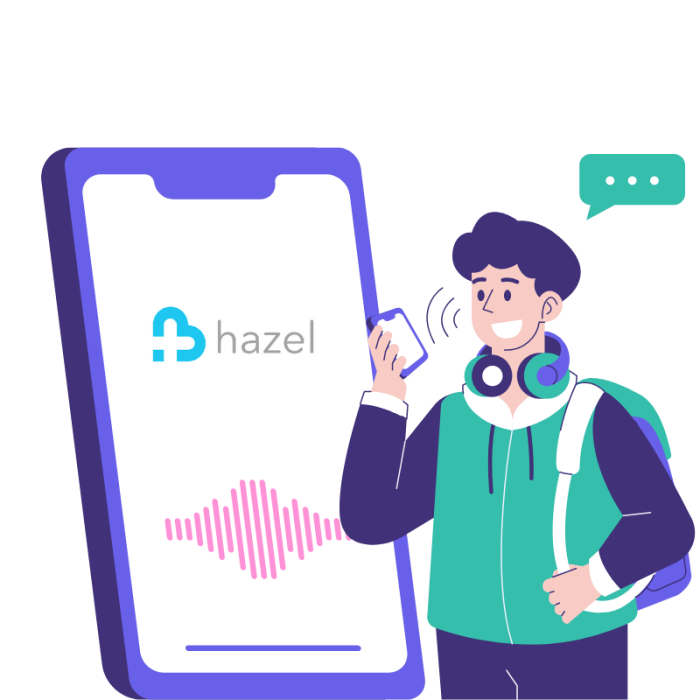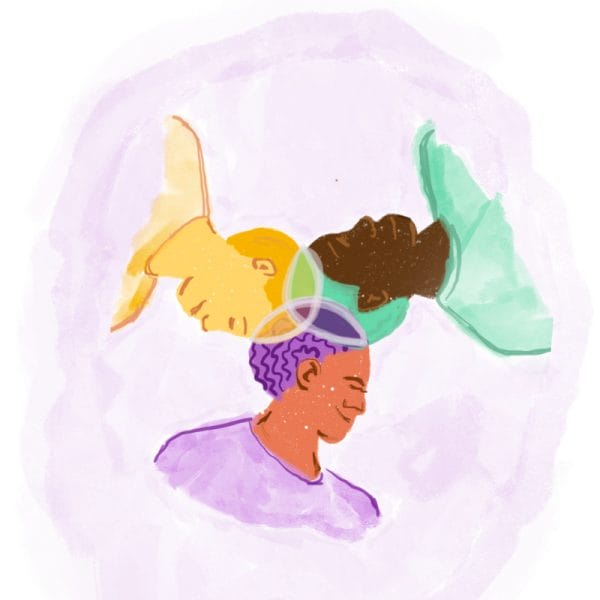Hazel + Hopelab: An investment and ongoing relationship to help meet the mental health needs of young people
Hazel sees how schools can be a gateway for health and wellness access for all students, and recently launched a mental health program called Hazel HEART™—Hazel’s Early Assessment, Response, and Treatment protocol. Hazel HEART™ is a short-term bridge program, where students in need of mental health services have access to teletherapy with licensed clinicians through a school portal.
Hazel’s school-based care model has years of successful operation behind it, but in their new mental health venture, they saw that identifying needs for—and engaging young people in—mental health care presents additional unknowns and challenges. To continue to grow, and to ensure that their services are able to meet youth in this moment, Hazel sought to elevate and center the needs and voices of young people in their product design process.
Enter Hopelab. Hopelab and Hazel share a vision for the future: mental health services that meet young people where they are, accessible to them no matter their circumstance. Where Hazel’s expertise lies in executing their school-based care model, Hopelab’s expertise is in engaging youth voices to better understand what they need and how to provide it. In 2021, Hopelab joined Hazel as part of their investor community. An investment from Hopelab Ventures is not only financial in nature–the engagement provides advisory services and a range of resources to amplify the social impact and capabilities of our portfolio companies.







